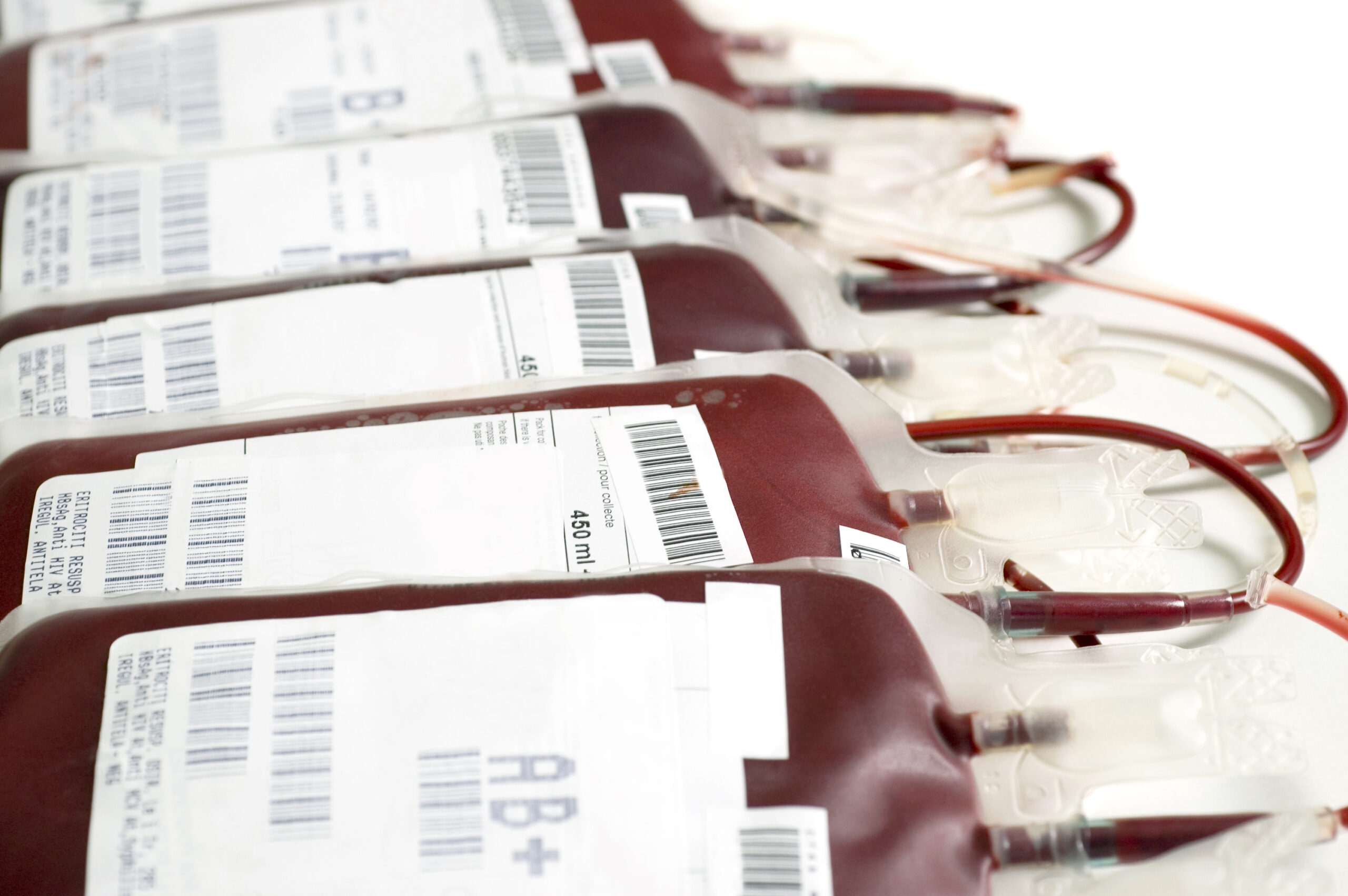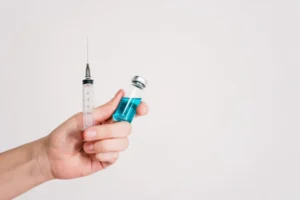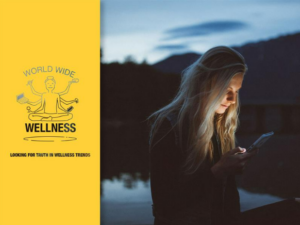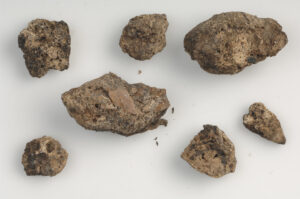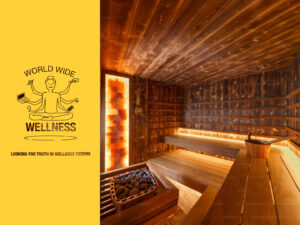While one in three people will need blood in their lifetime, only one in 30 are donors.
Lifeblood collects and distributes blood, plasma and other biological products – including breast milk – in Australia.
“Most people can donate blood,” says Professor Iain Gosbell, a National Donor and Product Safety Specialist at Lifeblood.
So what does it involve? How much do they take? And where does it all go?
YOU’RE JUST MY TYPE
The first step involves finding your local blood donor centre.
Upon your arrival at a donor centre, you’ll be asked about your medical, travel and sexual history.
Your level of haemoglobin is checked to ensure its high enough to donate. Haemoglobin is a protein found in red blood cells. It’s responsible for carrying oxygen around the body and gives blood its red colour.
Your blood pressure is also checked.
If everything looks good, you’ll be seated in a comfy reclining chair.
BLOOD-Y WORK
You can choose to donate whole blood, plasma or platelets.
Whole blood is exactly what it sounds like – your blood, as is. Plasma is the liquid part of blood. It makes up about 55% of our blood. The rest of our blood is made up of red and white blood cells and platelets. Platelets are tiny, plate-shaped cells suspended in our blood. They help form blood clots to stop or prevent bleeding.
HOW IT WORKS
The average adult has about 5 litres of blood. Approximately 470mL is taken during a blood donation session.
For whole blood, a needle is inserted into your vein and 470mL of blood is collected. This only takes about 10 minutes.
“The staff and nurses will observe you to make sure you’re alright … [then] they will remove the needle, pop a bandage on your arm and bundle up the bag of precious blood,” says Iain.
As the donor, you can help themselves to some snacks and drinks in the refreshment area, and after 10 minutes, you’re free to go!
You can donate whole blood every 12 weeks.
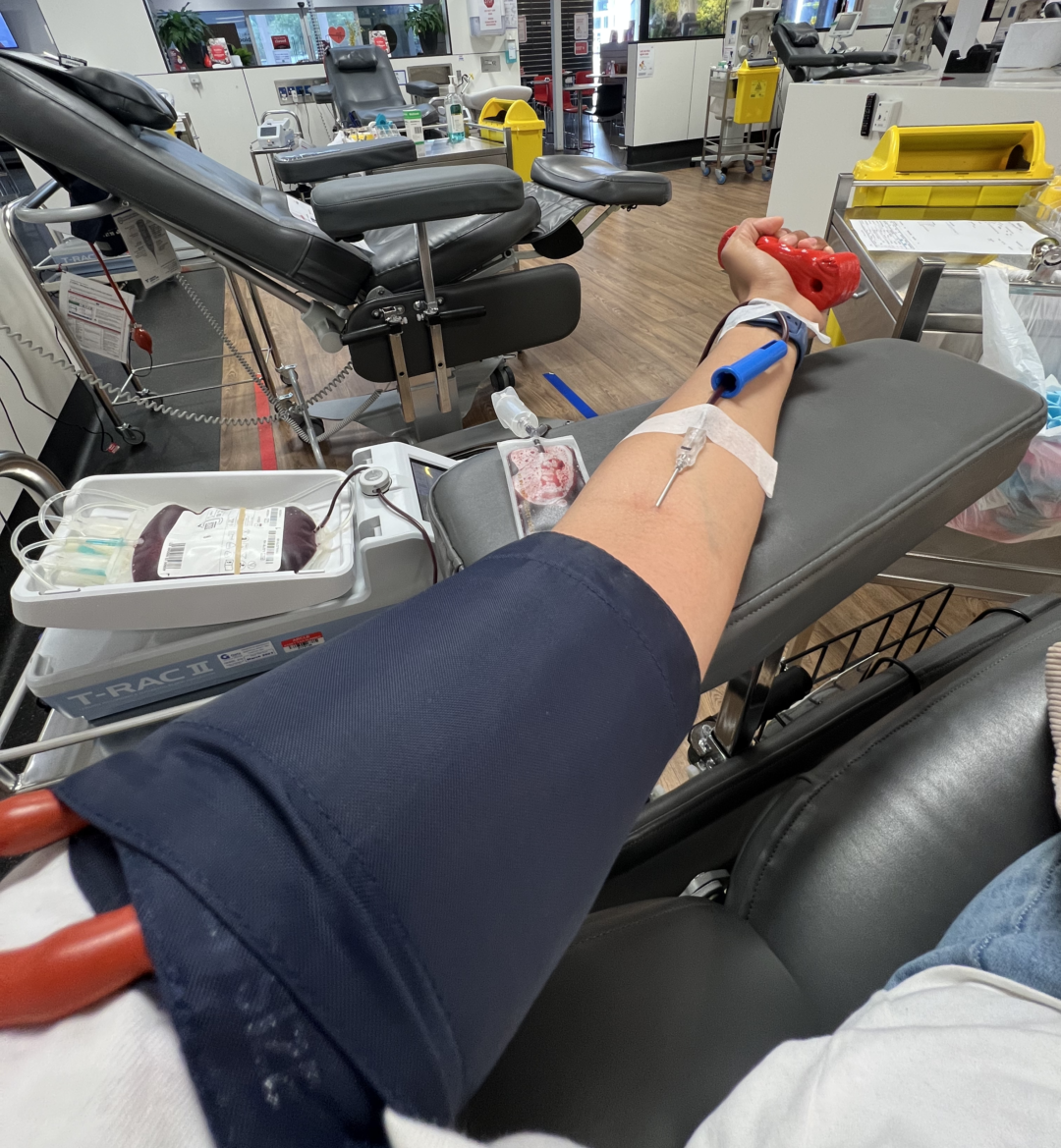
Donating plasma and platelets involves a special device called an apheresis machine.
The machine removes your blood and separates it into plasma, platelets and red blood cells. If you’re donating plasma, the red blood cells and platelets are returned to the donor. When you donate platelets, the machine returns the plasma and red blood cells.
The amount of plasma collected depends on the donor’s height and weight.
“That [process] usually takes 45 minutes to an hour,” Iain says.
You can donate plasma every 2 weeks.
IS IT SAFE?
Iain says the screening process identifies infections that may be transmitted by blood. This is to protect recipients, who are often quite unwell.
Various tests are conducted to detect infectious diseases such as HIV and hepatitis B and C and some sexually transmitted diseases, like syphilis.
Depending on travel, the blood will be tested for malaria as well.
SAVING LIVES
The shelf life of blood products vary. Platelets only last for 7 days, red blood cells last 42 days and fresh frozen plasma can be kept for up to 1 year. However, if it’s going to be used to make medicine, the plasma can be stored for years.
According to Lifeblood spokesperson Jessica Willet, one donation can save up to three lives.
“Donated blood and plasma help people suffering from cancer, bleeding disorders and immune deficiencies, trauma and elective surgery patients, new mums and their babies, to name just a few uses,” says Jessica.
When their donation is used, donors are notified via text message.

To book a donation, call 13 14 95, visit lifeblood.com.au or download the Donate Blood app.



